Fall Lawn Care Tips for Buffalo, NY Homeowners
Certain lawn care challenges come along with the changing of the seasons, and the season of autumn is no exception. Between cooler temperatures, less sunlight, falling leaves, and an early frost coming from lake effects, many hassles come along with this beautiful season. In many cases, some of these hassles can actually be used to your advantage with the proper methods.
Follow these steps straight towards having a healthy lawn even when the days turn cold. Remember, make sure you get all your lawn care in before the first snowfall.
Seeding
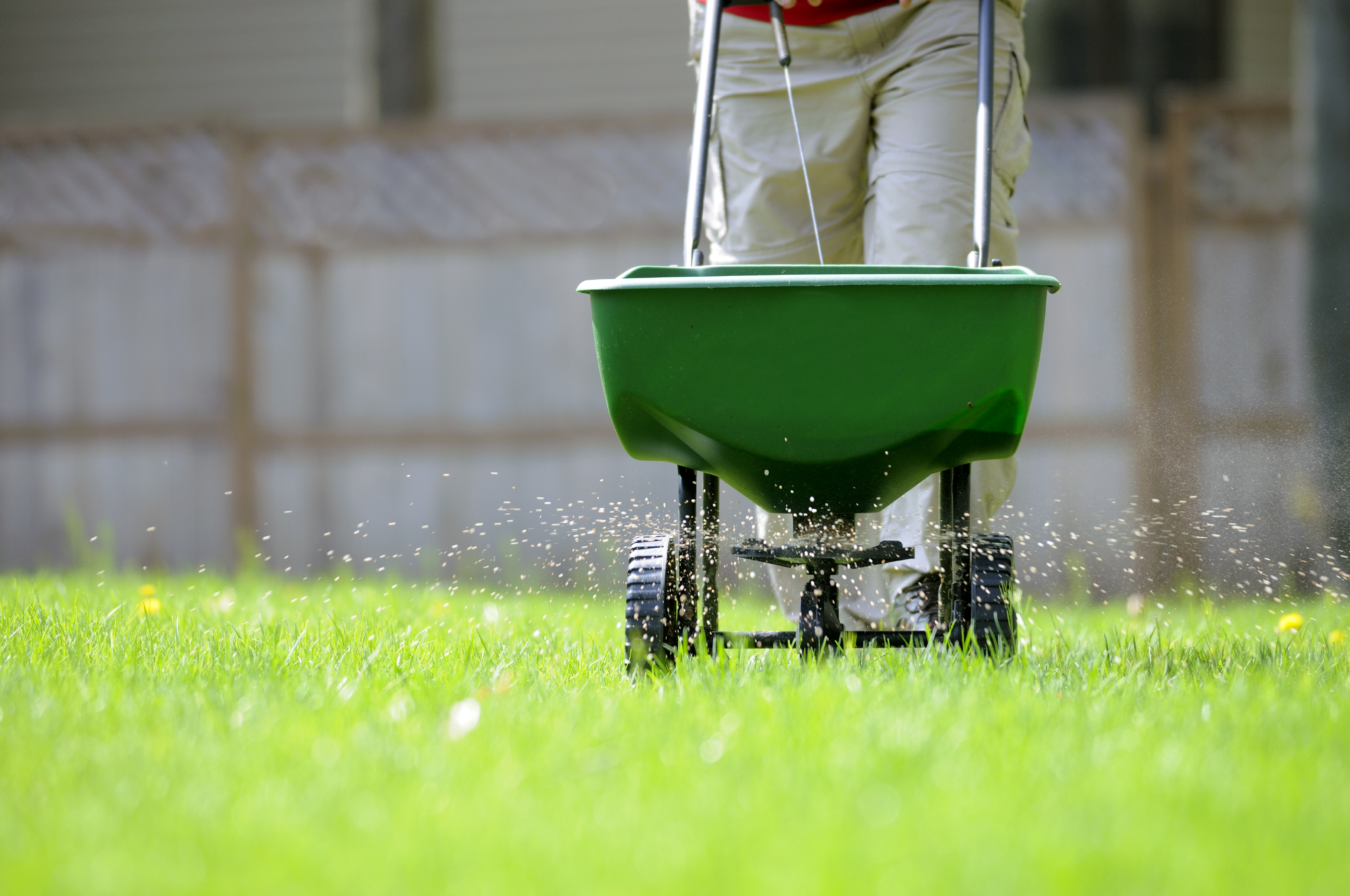
Many grass seeds for cooler climates thrive best when planted in late August to early October. However, due to Buffalo’s frost season coming earlier than most climates, the recommended time to broadcast seeds is from mid August to mid September, in order to avoid lethal damage to your seedlings. This is the perfect time to begin broadcasting seed mixtures to fix patchy areas with overseeding, or to even renovate and establish your entire lawn. Select more shade tolerant grass species to survive in the fall, such as tall fescues, fine fescues and perennial ryegrasses, as these grow the fastest and will establish roots fast enough to survive through the winter. For detailed instructions for establishing a new lawn, see the Buffalo, NY Summer Lawn Care guide.
Handling Falling Leaves
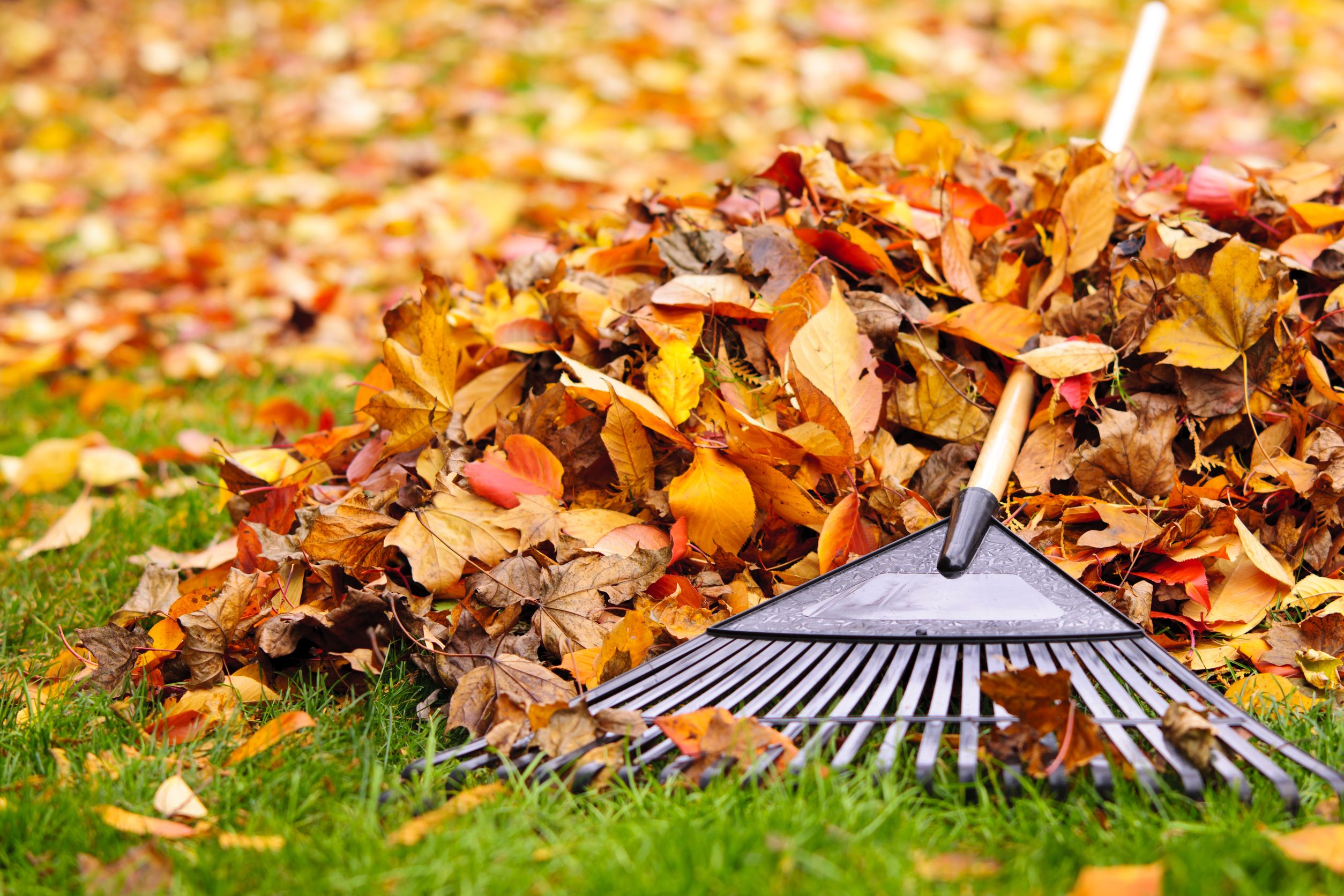
Fallen leaves can be wonderful sources of phosphorus for your lawn during the cooler season. However, care must be taken when trying to use these leaves to your advantage. When leaves begin falling off of trees you can follow one of two methods. You can either use a mulching lawn mower to finely shred the leaves, allowing them to decompose into your lawn, or you can remove grass clippings and leaves entirely as to avoid possible phosphorus runoff.
When attempting to mulch any fallen leaves, ensure clumps do not form, as these clumps can choke the grass beneath of nutrients and sunlight. It is also highly recommended that you do not mulch leaves right before a heavy rainfall, as most of the shreds will simply be carried off as runoff, creating problems for local waterways due to their high concentration of phosphorus.
If you plan on removing grass clippings and leaves entirely, consider creating a small compost pile consisting of one part grass clippings for 3 parts leaves. As the mixture composts, you will be able to use this created mulch to help fertilize your lawn later in the year. Simply turn the pile once every 2 weeks to avoid any bad odors.
Fertilizing
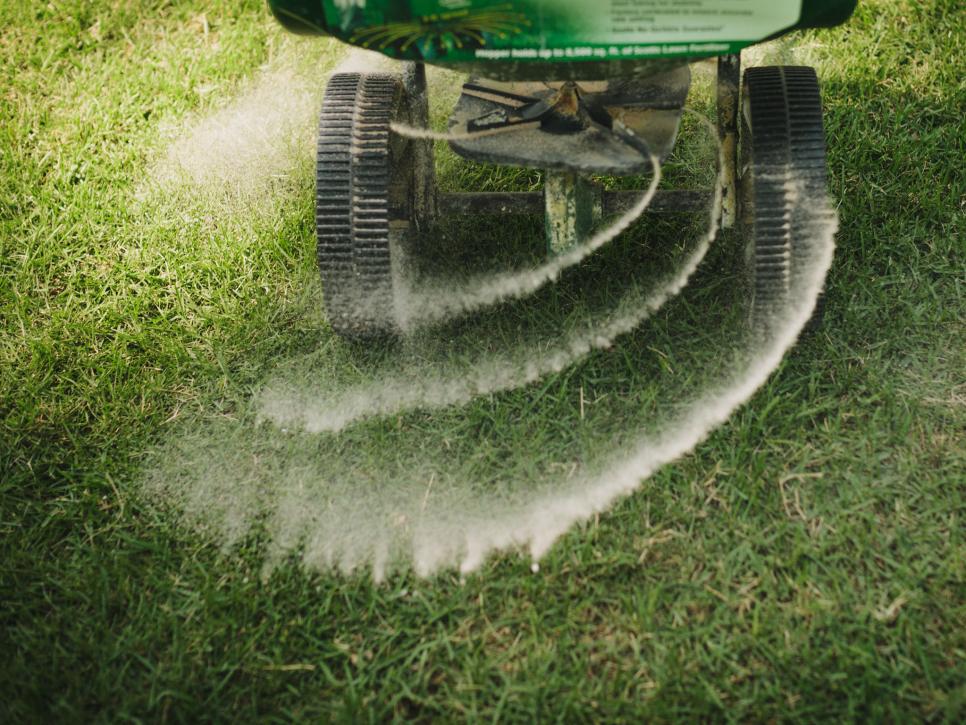
Early Fall is the absolute best time to fertilize your lawn, as a few good applications of fertilizer can help your grasses to grow strong roots to last through the upcoming winter. It is highly recommended to spread fertilizer around Labor day, spreading 1 pound of Nitrogen per 1000 square feet. However, as the season comes to an end, fertilize less often, as the growth of cooler climate grasses will actually slow with the changing weather, and with the first frost of September coming at the end of the month, it is recommended to stop fertilizing by October, as grass growth rates will slow to almost a halt.
Mowing
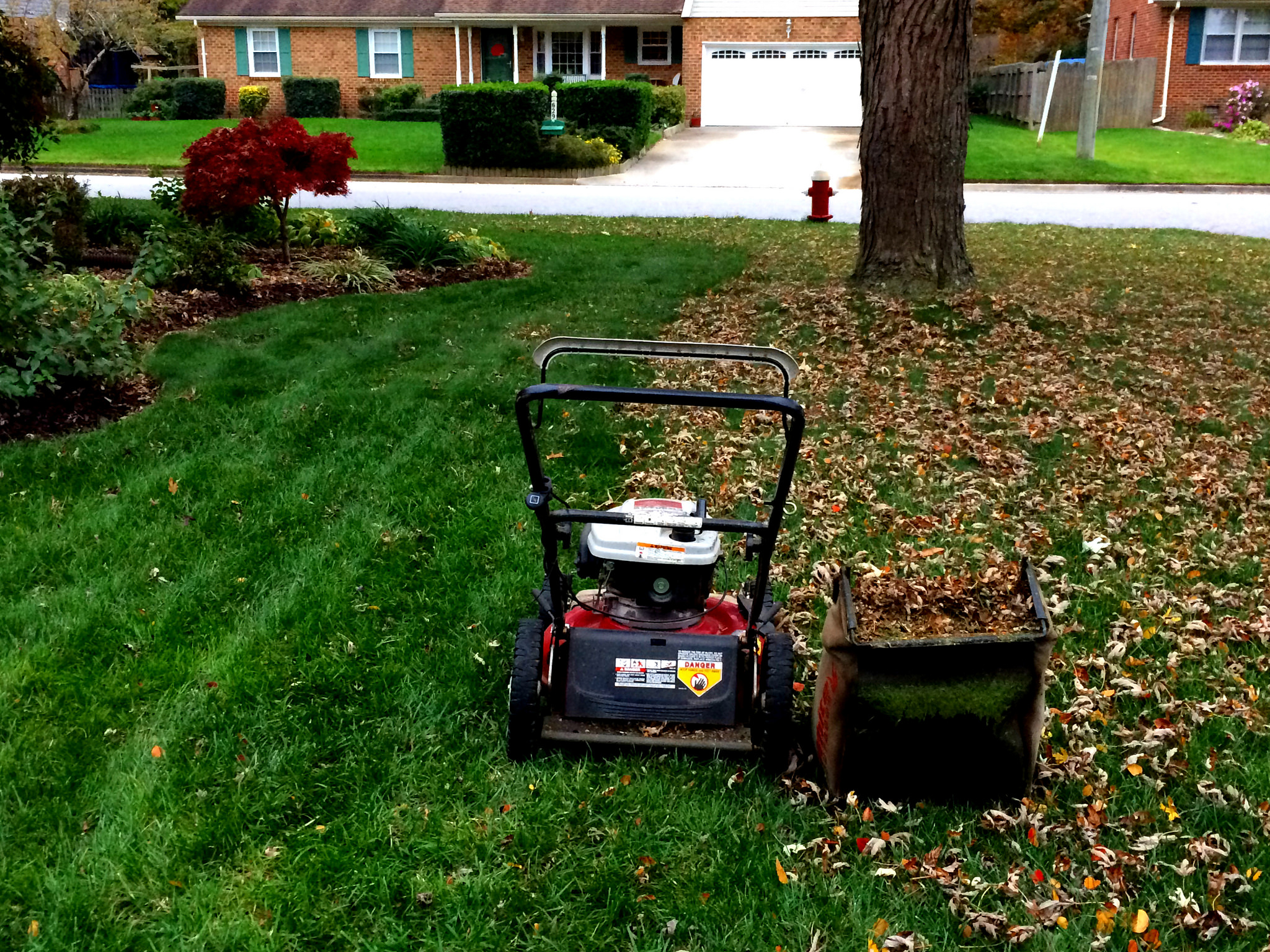
How you mow your lawn will depend on what your lawn care plans have been for the season. If you have recently established a new lawn, or renovated your old one, do not mow until about 60% of seedlings on your yard are about 2.5 inches tall, and once you do, mow your lawn on the higher end of your recommended grass height, taking care to only mow about once every one to two weeks, reducing the frequency of mowing as the season continues.
If you have simply just been taking care of your already existing lawn, simply begin to mow your lawn on the higher end of the recommended height for your grass, as longer grasses require less feeding, watering, and sunlight, and are better equipped to survive harsher winter conditions.
Consider Grass Alternatives
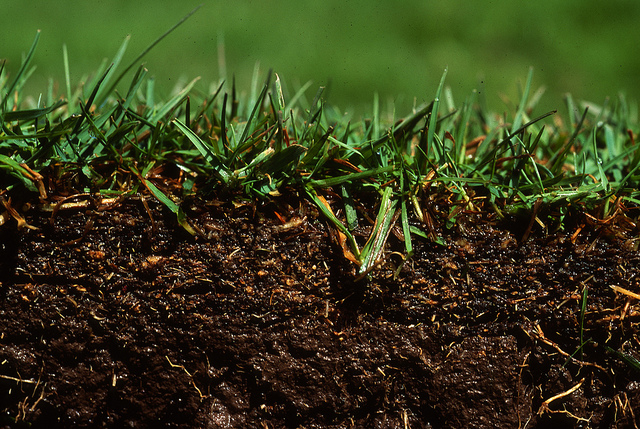
Cooler seasons such as the Fall offer challenges when it comes to fully shaded grasses underneath tree canopies. Even shade tolerant grasses such as tall and fine fescues still require at least 4 hours of sunlight daily, but with the sun’s lower angle during this season, these grasses may just not receive any light necessary to survive. So instead, consider replacing grasses under trees with a friendlier, healthier alternative, such as organic mulches, inorganic mulches, or shade tolerant groundcovers.
When choosing an organic mulch around the base of a tree, decide what kind of mulch would be most aesthetically pleasing to you. Organic mulches can vary between products such as wood chips, chopped leaves, or even shredded bark. As these mulches sit they will slowly begin to decompose into the ground, providing more nutrients to the soil for surrounding grasses.
When choosing shade tolerant groundcovers, decide what kind of plants satisfy your aesthetic needs. Possible options to thrive in the cooler climate are impatiens, coleus, salvia, mosses, ferns, trilliums, wild ginger, lily-of-the-valley, sweet woodruff, and geraniums.
Need help transitioning your lawn care? Visit our Buffalo lawn care page to get in touch with a professional! In addition to Buffalo, we provide lawn care services to New York cities including Rochester, Albany, and Syracuse.